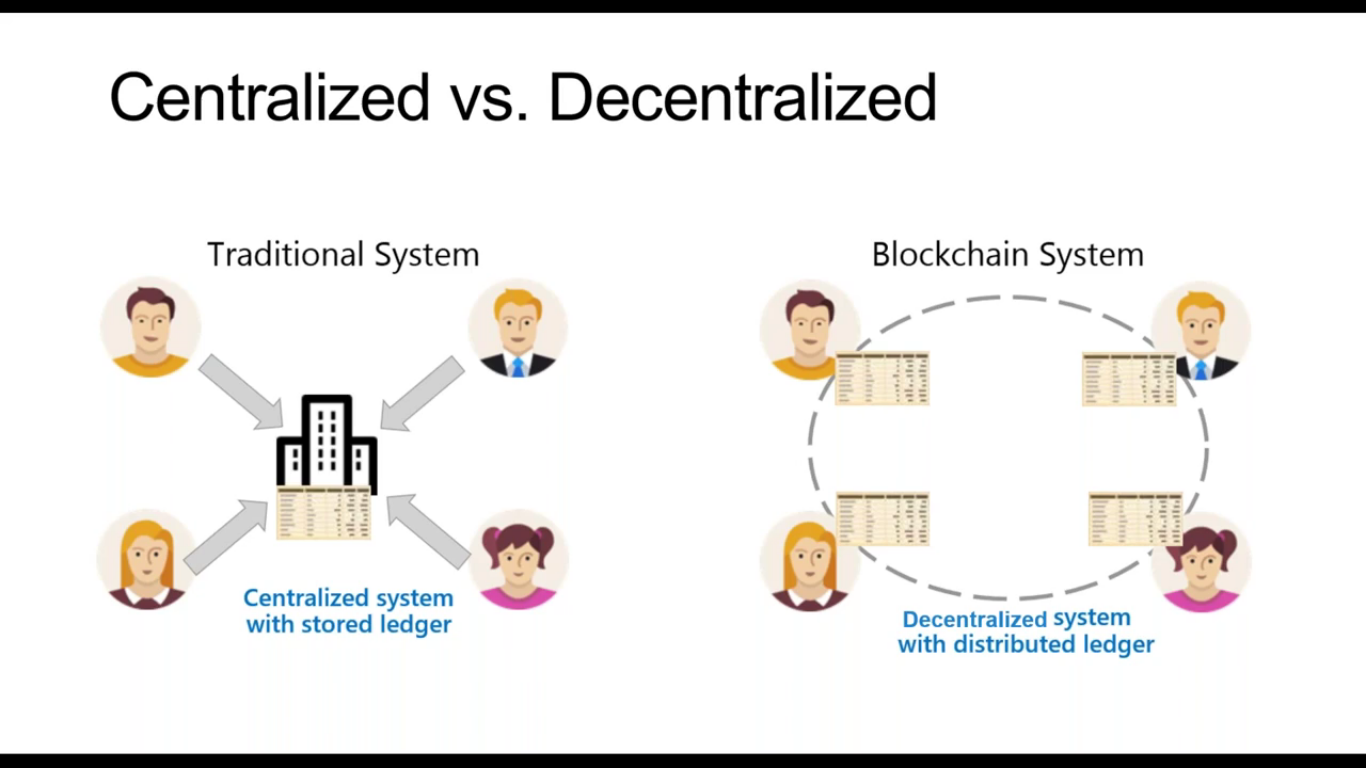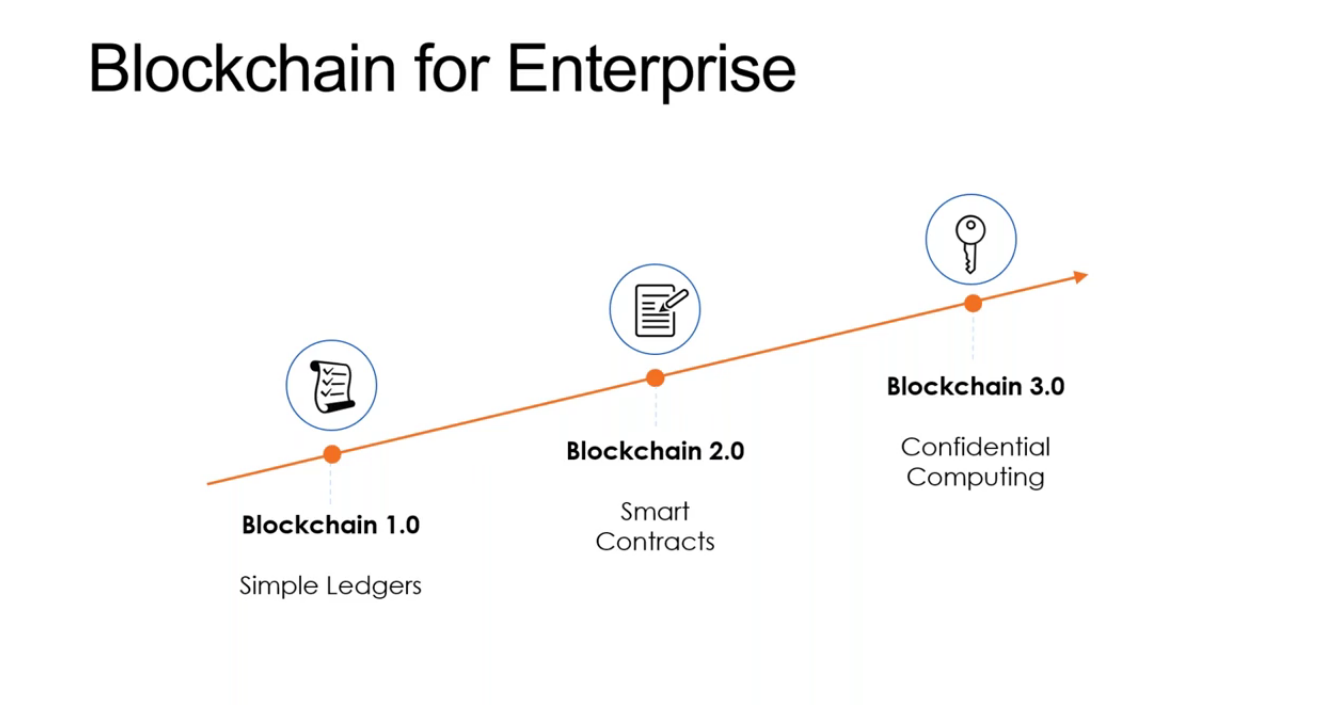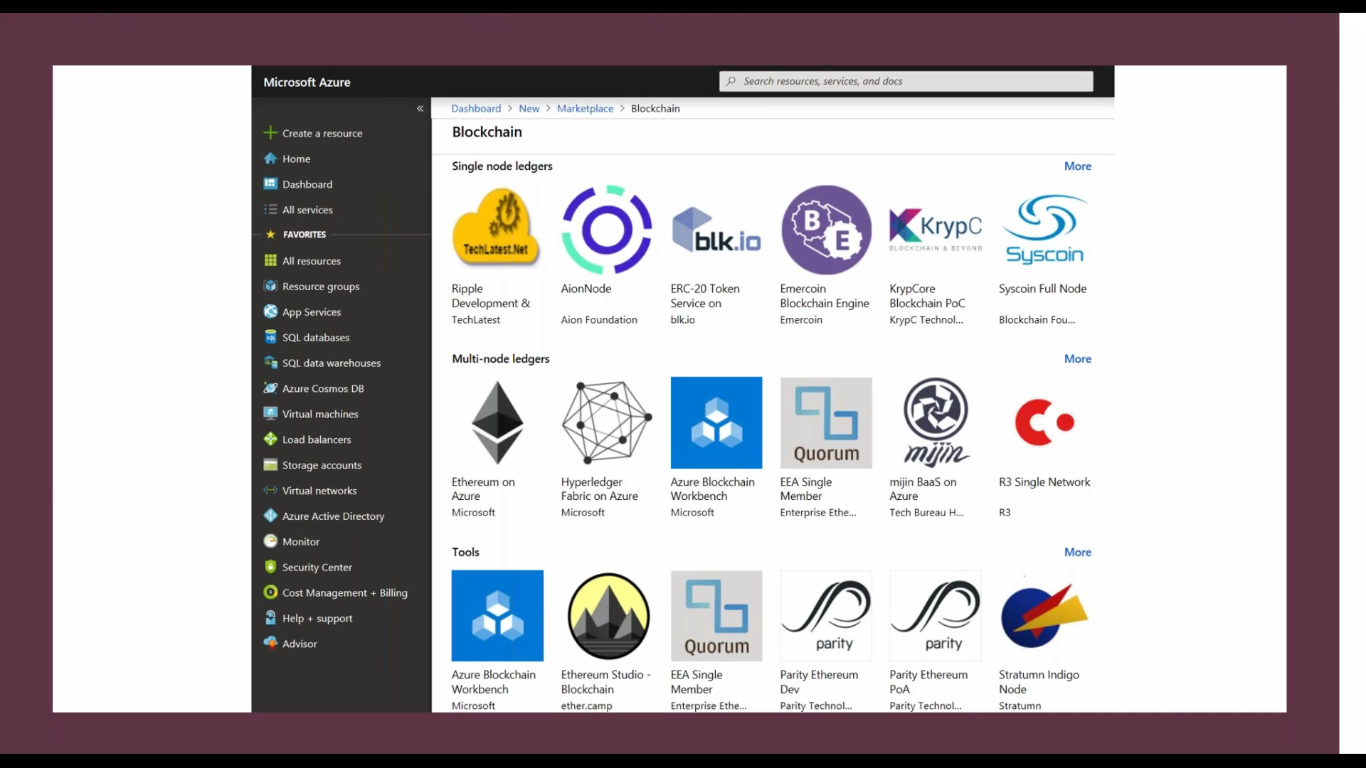Video Review: Using blockchain for supply chain compliance
Enterprise supply chains have complicated tracking and compliance needs. Frequently, data from the field is needed to validate transactions. In a recent webcast, Stefano Tempesta, Microsoft Regional Director and MVP on AI and Business Applications delved into how organizations can use blockchain with Azure and Flow to accomplish this goal.
What is blockchain?

Enterprise business app users are familiar with centralized systems that manage transactions on a server or cluster of servers. Examples include Dynamics 365 and other CRM and ERP systems. But blockchain takes a different approach:
Blockchain is a decentralized system with everyone having a distributed copy of information, but there's no central authority deciding where this is stored or what can be stored. Two entities want to perform a transaction, it could be financial, like payment, or it could be exchanges with goods or any other product. A copy of this transaction is distributed to all members of this peer to peer network.
You're probably familiar with…proof of work, and verifying if the transaction is genuine. Why is this important in the context of a business that is running a business process for a supply chain? There is a level of built-in security that these networks provide. Say one node is hacked, compromised or contains information that is not correct and similar to other nodes. That can easily be rejected from the network itself. In the transaction between two parties, a node that contains a copy of this information tampers with the information itself. This record is different from anyone else in the network and can be rejected. In the IoT world this is very critical. When measuring any form of telemetry, such as GPS coordinates or temperature: If any of these are outside of set boundaries it may indicate the device is malfunctioning or the measure is out of compliance, thus triggering some action.
In Tempesta's view, blockchains have evolved from "blockchain 1.0" which were simple ledgers to "blockchain 2.0": Smart contracts. The cryptlets now seeing invested from Microsoft and others might be considered part of "blockchain 3.0," a system of confidential computing.

In the confidential computing model, blockchain users can run data and code in an enclave—a completely isolated region of memory sitting on top of the operating system and hardware. Tempesta explained:
It is a region that is invisible even to the administrator of the virtual machine where it is running. Only two applications that have a handshake between each other can share data, which is encrypted even in memory. When we ingest information into a blockchain, we want to make sure it is not compromised at its source.
Putting blockchain in action for services in Azure

Microsoft Azure has created new opportunities to setup blockchains. Systems like Ethereum and Hyperledger Fabric can be set up through Azure Portal within minutes. Blockchain Workbench offers capabilities for deploying blockchains, often in coordination with Iot Central. Tempesta described how a blockchain could be used with IoT data.
FREE Membership Required to View Full Content:
Joining MSDynamicsWorld.com gives you free, unlimited access to news, analysis, white papers, case studies, product brochures, and more. You can also receive periodic email newsletters with the latest relevant articles and content updates.
Learn more about us here